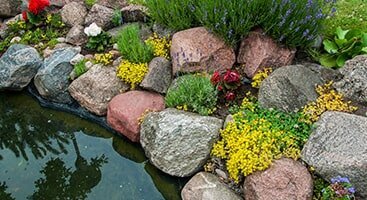Landscaping Plants-An Intro
For most folks, the primary considerations for choosing plants and planting ideas are simply color, size, and type(tree, bush, flower). However, for true diversity, creativity, and increased survival rate, you should add a few more considerations to the list. Creating a thriving and functional planting scheme for your landscaping or garden isn't without effort. You'll need to base your plant choices on thought out and planned guidelines and considerations. Color, size, and type can be placed in a plan for visual without actually knowing exact plants. However, to match these spaces with the right plants will take a little study, effort, and additional planning. To make it easier, you can break this down into primary, secondary, and other considerations. Have a look at landscaping plants for more info on this.

Primary Considerations For Choosing The Right Garden And Landscaping Plants. Plant Width and Height should be figured by the mature size a plant will get to be in both up and spread outward directions. Generally not the size the plant is when you buy it. Form is the shape of a plant and how it occupies and accents an area. Common form and shapes are oval, round, creeping, columnar, vase, weeping. Texture can be considered in terms of leaf thickness, fineness or roughness, and shade(light or dark) of plants. As a rule, use more finer textured plants than coarse textures. Seasonal interest and color are figured by the special features a plant has at different times of the year. Foliage, Winter color, changing colors, fruit, flowers, etc. Secondary Conditions. Disease And Insect Resistance, Shady Or Sunny, Moisture tolerance, Drought Resistance, Soil Types.
- Large leaf plantsGenerally, large leaf plants work well in the shade. More leaf surface allows the plant to gather and use more light. However, for obvious reasons, large leaf plants are not the best choice for windy areas. Not only are they more susceptible to tearing in the wind, the more leaf surface releases more moisture to drying winds.
- Colors and space To make a large area garden seem more intimate and cozy, use bright colorful plants. To make small gardens seem larger, use lighter colored plants. You can also transition shades of one color from lighter to darker or darker to lighter to give a sense of depth, more space, or less space.
- Contrast and visibility Consider the colors of surrounding areas and base plant color choices on whether you want plants to contrast or blend with an area. For instance, white flowers against a red brick home will be highly visible while red Roses will blend in.